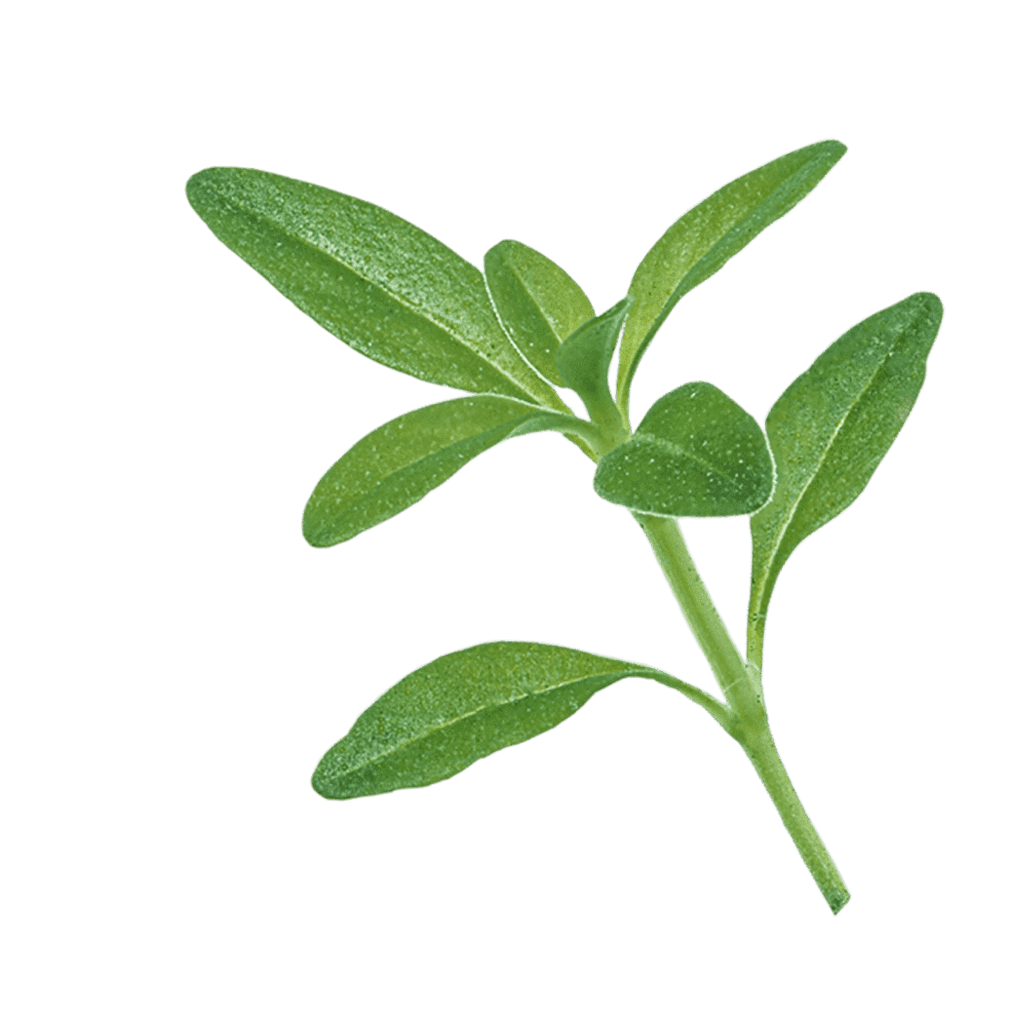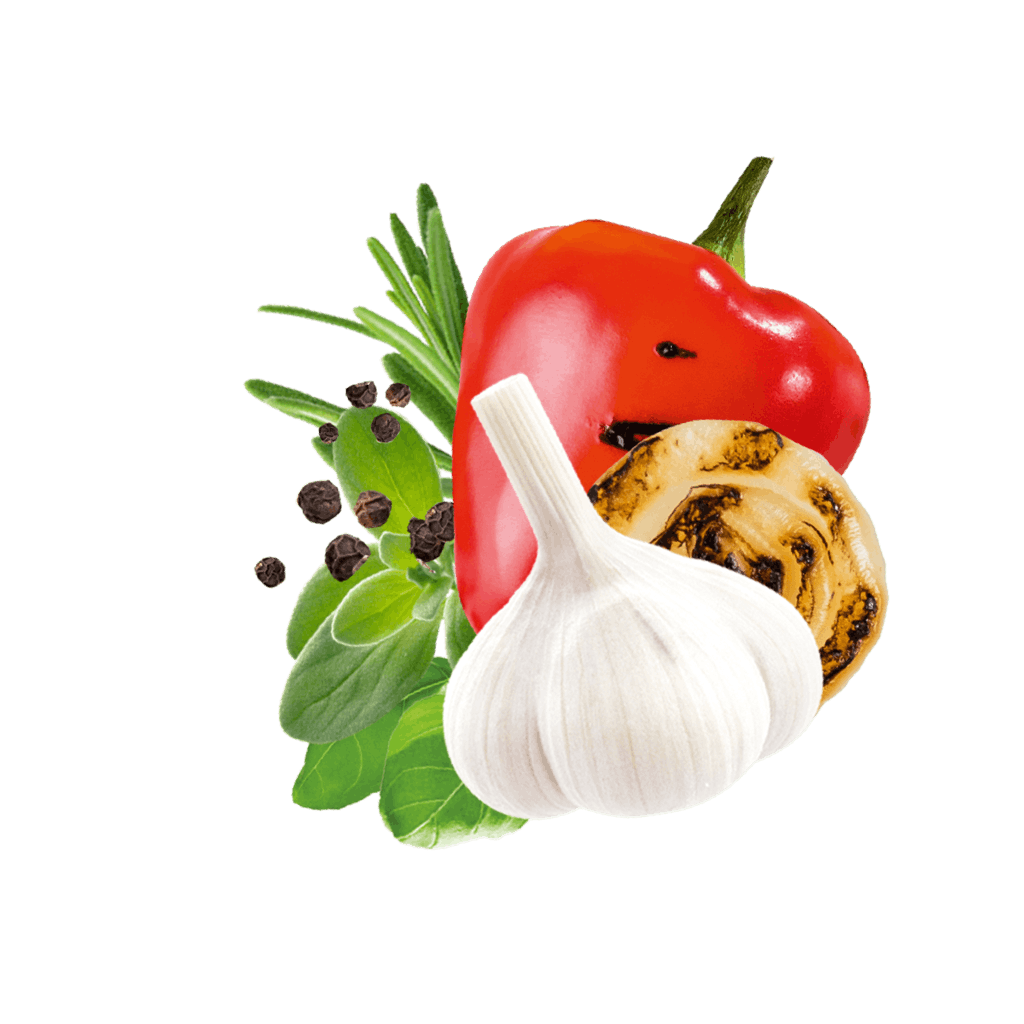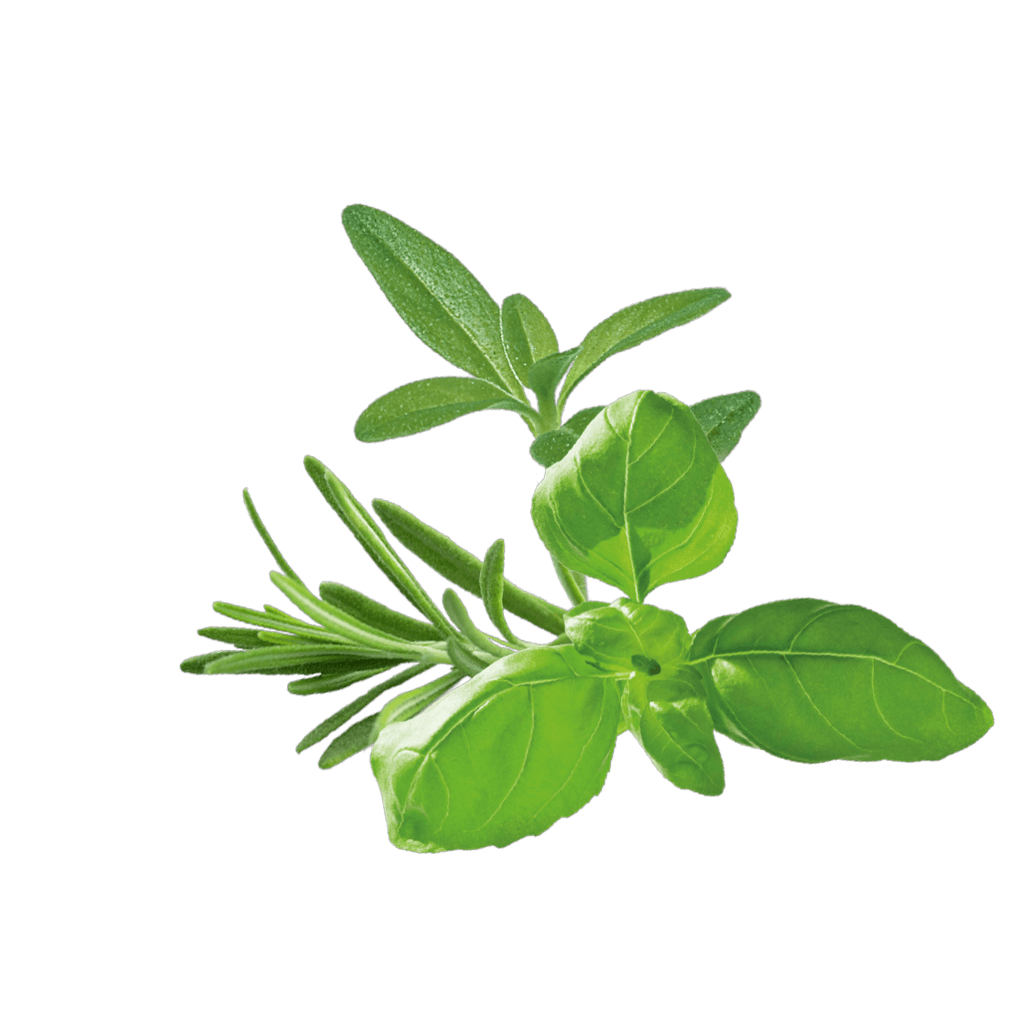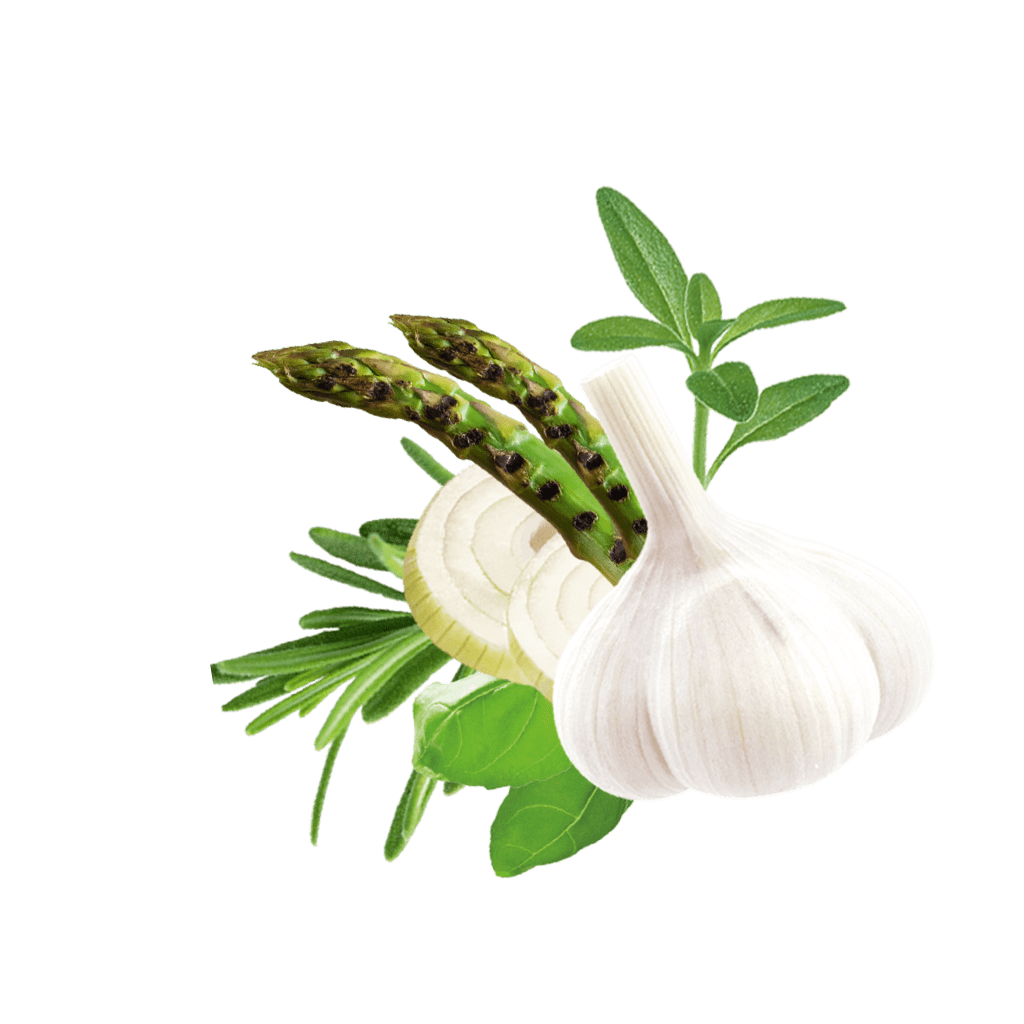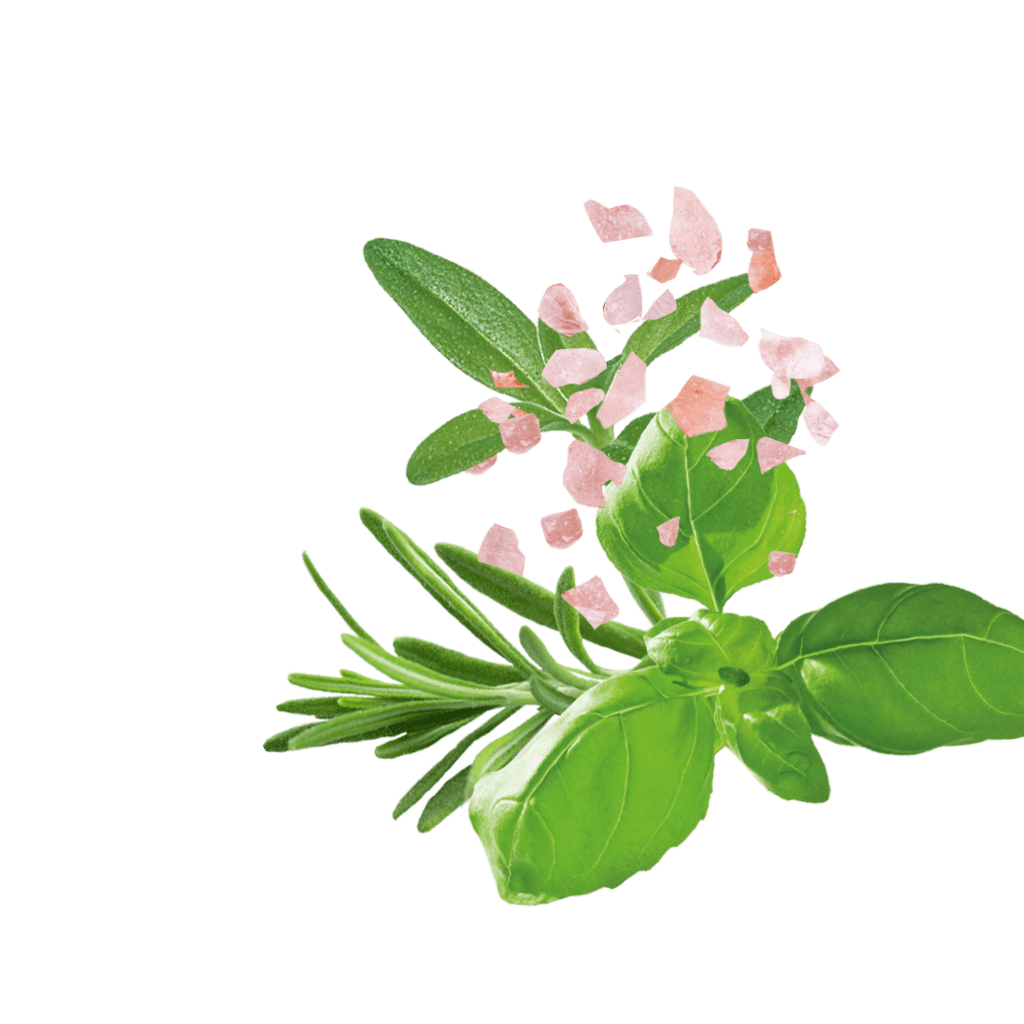Tarragon
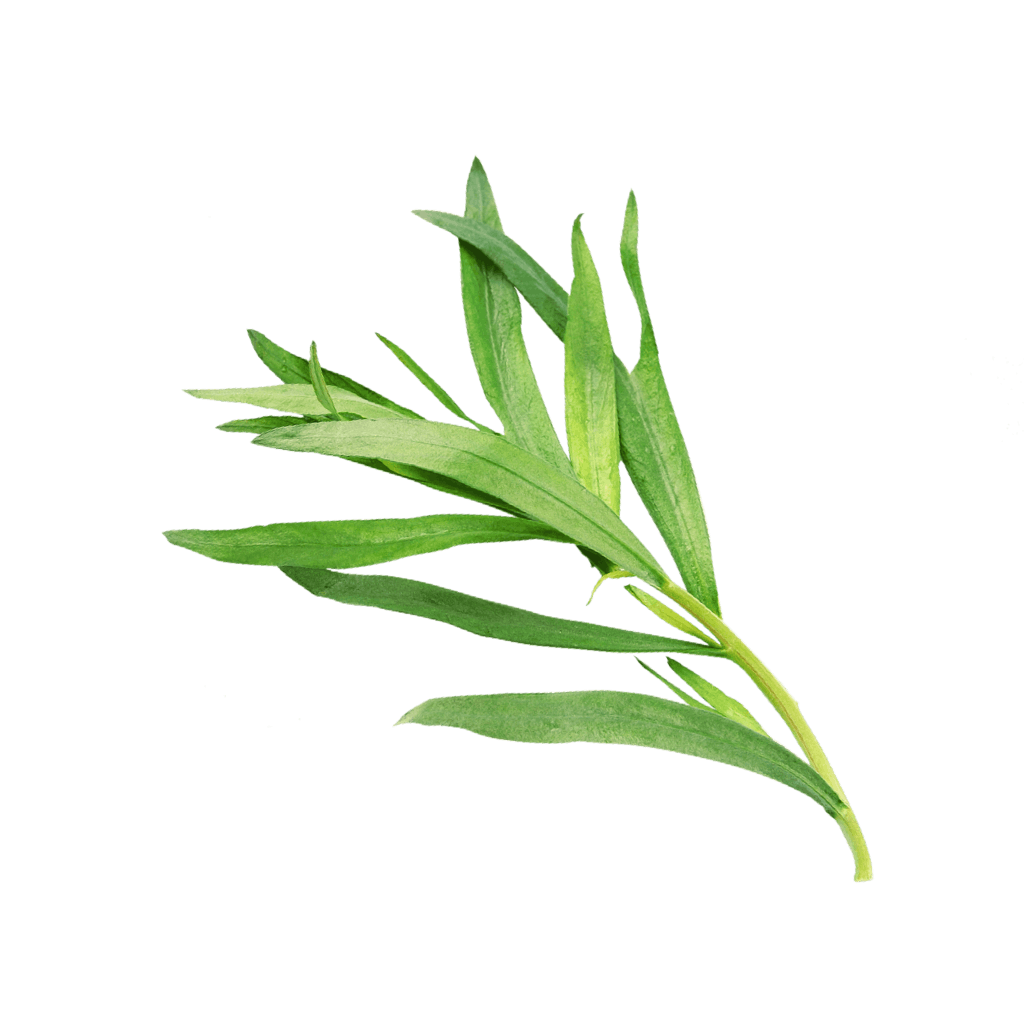

As well as the popular mustard and béarnaise sauce, the subtly bitter flavor of tarragon is an exceptional addition to meat dishes and soups.

Tarragon as an Herb
The subtly herbaceous flavor of tarragon has a slightly bitter taste and is a little reminiscent of anise. French and German tarragon have a much more intense, sweet and spicy flavor than the bitter Russian or Siberian tarragon. The name tarragon comes from the Greek word for dragon or snake — in fact, another name for tarragon is “dragon herb.” This stems from the old widespread superstition that tarragon could keep those dangerous creatures away. The twisted, coil-shaped roots of the tarragon plant were also associated with dragons.
Products Containing Tarragon
Usage
The herb is particularly popular in French and Georgian cuisine and is used to flavor (creamy) sauces, fish and meat dishes, salads, preserves and seafood, as well as soups, vegetables and herb butters. The flavor of tarragon shines brightest when combined with acidity like the flavors of vinegar, mustard, wine and lemon juice. Fresh and dried tarragon leaves add a delicious flavor to dishes, particularly when combined with black pepper, parsley, garlic and dill. Tarragon is also resistant to heat and can be cooked for longer periods of time without losing much flavor.
Tip!
Tarragon is an essential ingredient in béarnaise sauce. Combined with egg yolk and butter, tarragon and chervil give this sauce the exquisite taste of French haute cuisine.
Related recipes
Currently Viewing: 1 of 0
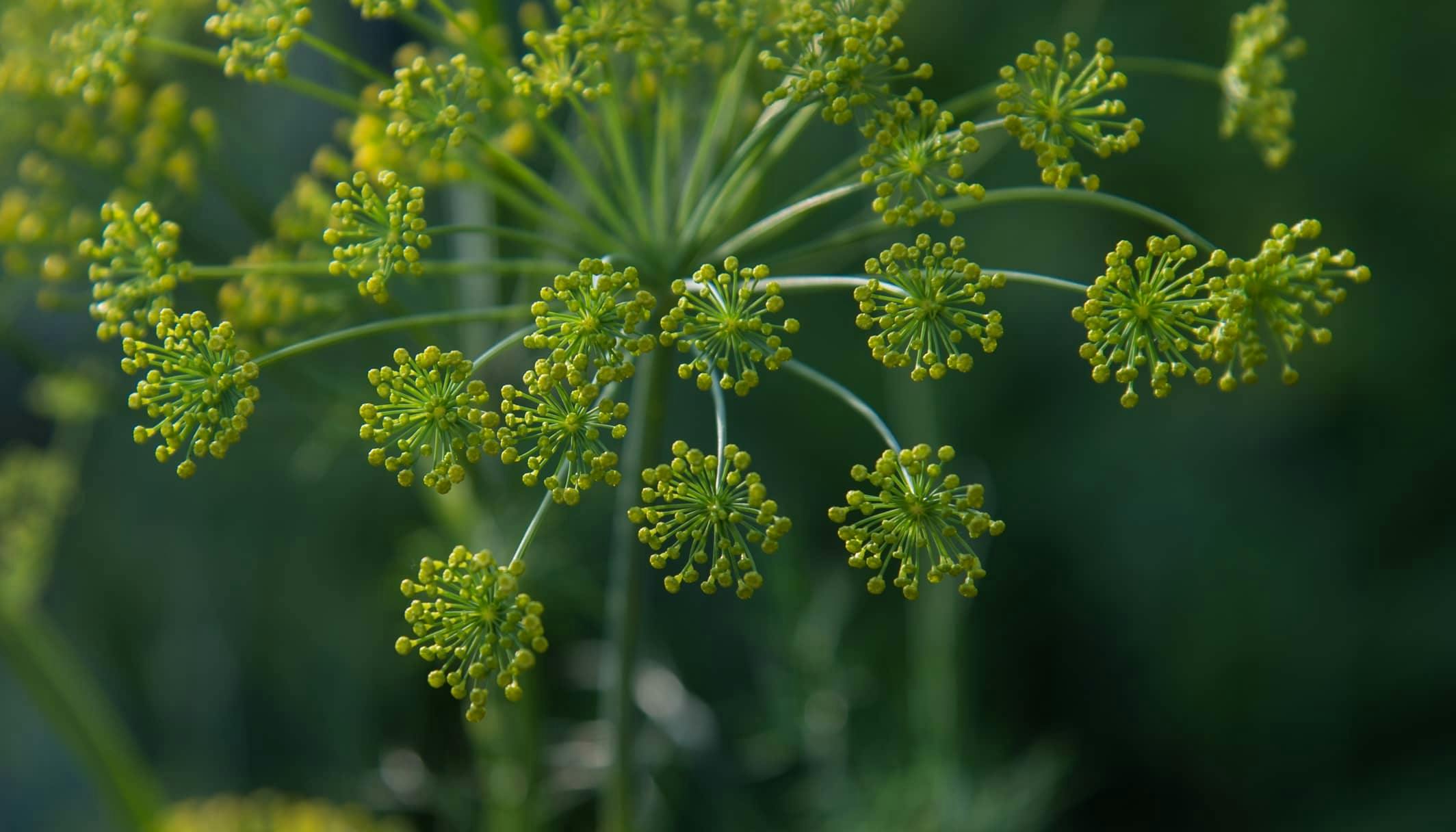

The Plant
The perennial herb is thought to come from Central Asia and was then taken to the Mediterranean region by the Arabs. Today, tarragon is grown mainly in Europe, the Middle East, India and North America. This member of the daisy family grows to up to 1.5 meters tall and has whitish-green flowers. The narrow leaves of the tarragon plant, which grow to be around 5 cm long, are what is used as an herb. German, French and Russian (or Siberian) tarragon are the types most commonly used in European countries, while Mexican tarragon is more popular in the USA and Mexico. Mexican tarragon has a similar flavor, though it is much sweeter.
Factbox
- Scientific Name
- Artemisia dracunculus L.
- Family
- Daisy family (Asteraceae)
- Other Names
- Dragon herb, estragon
- Origin
- Probably Central Asia
Discover more
Thyme
